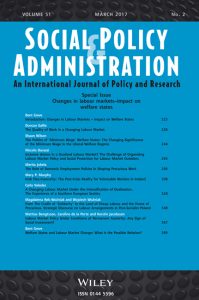Authentic Reproduction
 by ishein1
by ishein1
It was only a few weeks ago when I saw an Olive Garden Restaurant advertisement depicting its culinary school in Tuscany. It utilized this image to support its claim that the restaurant provides an authentic Italian dining experience. Wary of the veracity of this advertisement’s culinary school postulations, I researched the said school. As it turns out, the Olive Garden did indeed open a culinary school in Tuscany. This is an attempt by the Olive Garden to put its ‘money’ where its advertising image is. This opens up a plethora of interesting questions for sociologists interested in authenticity.
Authenticity for the consumer of a text is often ineffable. Furthermore, the text in question, whether it is a work of art, piece of music or as in this case a gastronomic experience, often is assumed to have an ontological quality, which designates its authenticity. The opposite end of this spectrum is demonstrated by the Frankfurt school’s polemics against popular culture and its characteristic of mass dissemination. The Frankfurt school suggests that the moment a text is mass-produced it losses its authenticity. It is highly possible that similar recurrent characteristics can be observed within authentic texts, however to suggest that authenticity is inherent in a particular text without considering its contingency upon historical, cultural and individual context is naïve. Thus, the Olive Garden, a chain restaurant subject to institutional isomorphism, in which each restaurant is a mimic of their successful model in order to create consistency and constancy, must also remain transient and fluid to truly sustain an image of authenticity.
No matter how far fetched the claim of authenticity may appear, its protean nature is an important concern for business models and image control. The case of the Olive Garden demonstrates the paradox between mass production and a unique singularity. Within this dialectic a struggle for authenticity occurs. The Olive Garden and other chain restaurants must navigate this tightrope. Dining is a text, which consists of more than just sustenance to its consumers. It is a multifaceted experience, which consists of aesthetics and cuisine that individuals take and make meaning from.





What a fascinating post. Is the authenticity further challenged by a customer’s expectations that the food/text be the same at all Olive Garden restaurants? In this case it seems that the customer seeks something that is authentically inauthentic (right?).
Thanks for a great post!
Keri